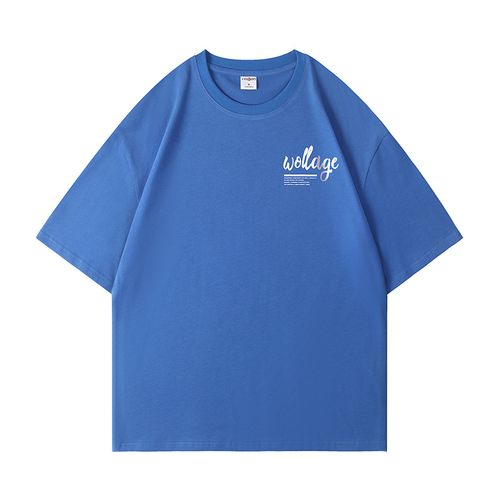In winter, we often need to choose suitable fabrics to keep warm. The following are several common winter essential fabrics and their comparisons in terms of warmth and applicable environments:
1. Wool: Wool is a very Warm and thermal fabric. It has excellent thermal insulation properties and can effectively block the entry of cold air while keeping the body warm. Wool is often used to make winter clothing such as thick sweaters, coats and scarves. It is suitable for cold and dry conditions as wool absorbs moisture and feels colder when wet.
2. Down: Down is a very light and warm fabric. It is composed of bird feathers and down, which has good thermal insulation and thermal insulation effects. Down can effectively store body temperature and has good breathability, keeping the body dry and comfortable. Down products are suitable for cold but relatively humid environments, such as snow or icy rain.
3. Velvet: Velvet is a soft and warm fabric. It is usually made of polyester fiber, which has good thermal insulation properties and high softness. Flannel is often used in winter clothing such as underwear and long-sleeved shirts. It can be used as a middle layer of clothing to increase warmth. It is suitable for cold but dry environments and has good breathability.
4. Cashmere: Cashmere is a high-grade natural fabric with excellent thermal performance. It is made from the fine down of goats and has good thermal insulation properties, as well as being lightweight and comfortable. Cashmere products are very soft and comfortable to the touch, and are suitable for winter clothing such as thermal shirts and scarves. Cashmere is suitable for cold but dry environments and is more sensitive to moist environments.
5. Thermal insulation technical fabrics: With the advancement of science and technology, there are now many technical fabrics with thermal insulation functions on the market, such as thermal linings, thermal insulation Velvet etc. These fabrics usually use special fiber structures or treatments that can effectively maintain body temperature and block the intrusion of cold air. Thermal insulation technical fabrics are suitable for various environments and have good breathability and softness.
To sum up, when choosing winter clothing, common thermal fabrics include wool, down, velvet, cashmere and thermal insulation technical fabrics. Choose the right fabric based on your individual needs, weather conditions and comfort preferences to ensure your body stays warm and comfortable during the cold winter months.









